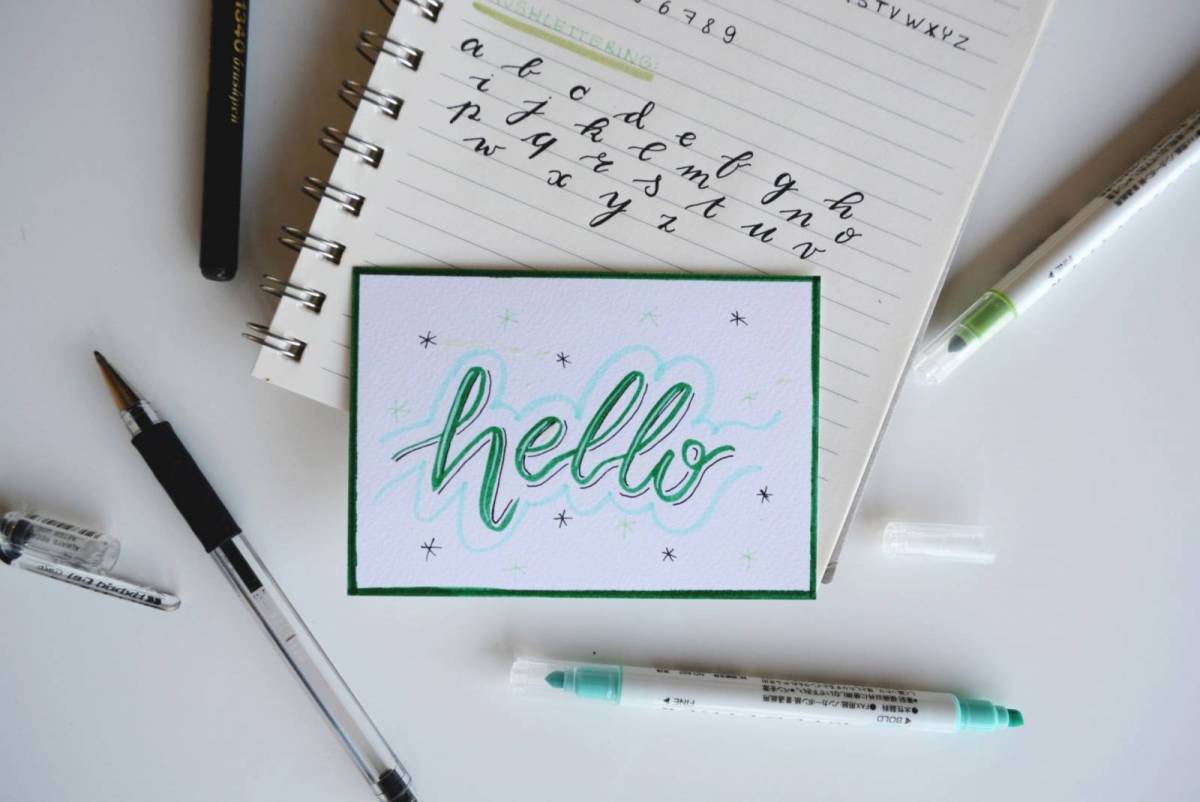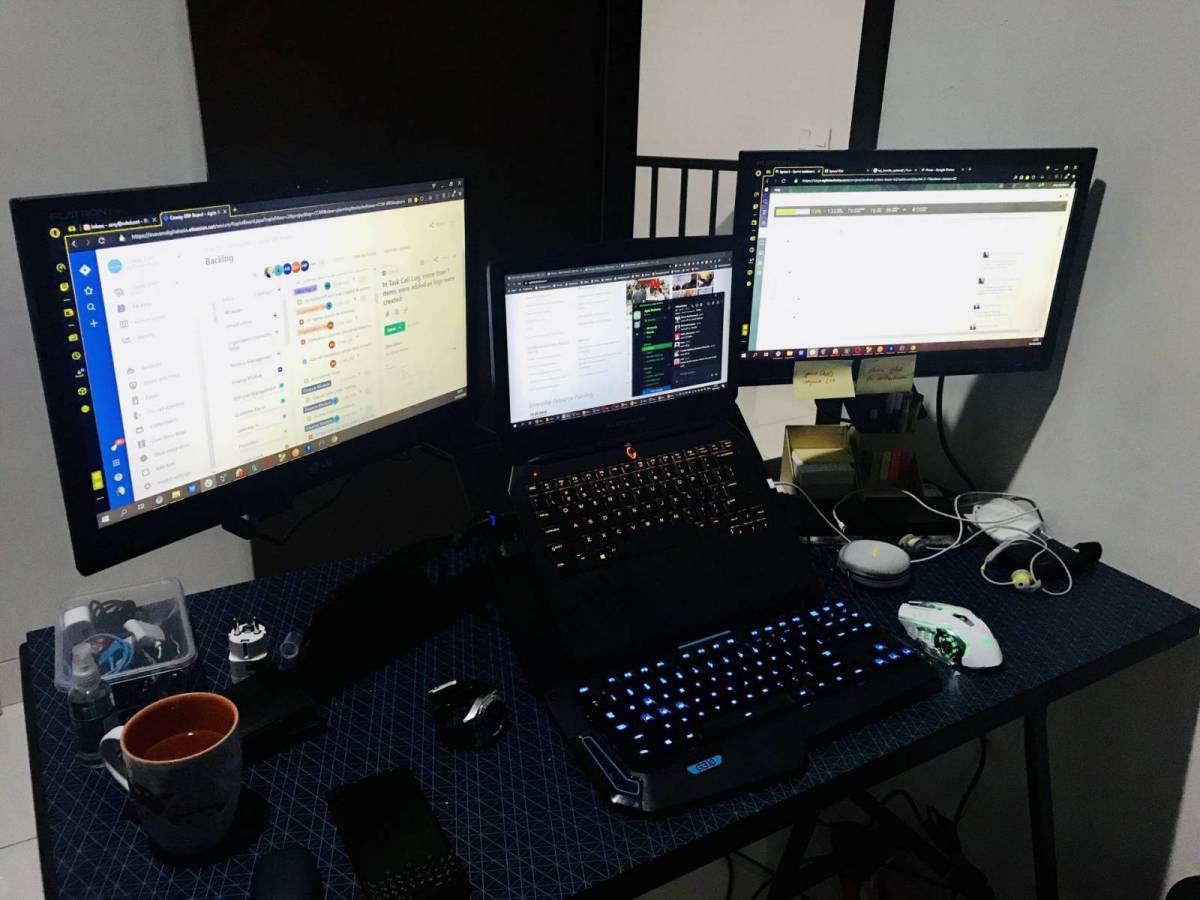As we all know, the world is currently engulfed in the global COVID-19 / Coronavirus epidemic. In order to keep our team and their families safe, we decided to encourage working from home (remote working) while assessing the risks day by day.
I’d like to share a few tips that hopefully will help your team work remotely successfully. Obviously these methods are tried and tested by our team and it’s been working well. Without further ado, here are the tips.
Keep the Team Cadence Going
It’s easy to let go of your team’s routine once you work remotely. I think it’s the number one reason if working from home doesn’t work for some people. Just because you and your team are at home, doesn’t mean that work routines have to be different.
Say Hello

Every morning when work starts, everyone must log in to their chat account and say “Hello” or “Good Morning”. This is useful to maintain social values as well as letting others know that they are now available to work together.
The team chat tool that we are using is Slack.
Morning Stand Up (Daily Scrum)
For those working using Scrum methodology a stand up meeting should be the usual routine. When working remotely, the team should still do their 15 minutes daily stand up. The time should be the same just as if you meet up at the office.
The tools that we use to do this varies, for example: Google Meet, Whereby, Zoom, Skype. Depending on the numbers of the participants, usually, these tools are actually free.
Sprint Planning and Backlog Grooming
One of the most important sessions in when working in an agile team is Sprint Planning and Backlog grooming. Working remotely means that this needs to happen as well.
The easiest way to do this is by group voice chat and screen sharing. The person that holds the product manager/product owner role shares his/her screen and present the tickets to the team. The team then discusses what the plan looks like for the next sprint via the group chat.
Our tool of choice is Google Meet. Of course it’s possible to use other video conferencing tools as well.
Here’s what our team planning looks like:
Signing Out
Let each other know when you signed our for the day or just away from desk for a bit. The idea is so that the team doesn’t get confused (or worried) if you are suddenly quiet.
Help Each Other Via Remote Desktop When Needed
In our line of work (developers), sometimes we face complex problems that can be solved much quicker with pair programming.
One of the easiest way to do this remotely is by using a screen sharing application. This means both you and the person that you are pairing with can code together.
The few tools that can help achieve this are AnyDesk, Zoho Assist, Team Viewer, VNC (probably best to be done in a VPN environment), Microsoft remote desktop and other remote desktop applications.
If you’re not a developer, you can still benefit from this technique. As an example: if you are writing a complex report and you need someone to help, then remoting into their computer and helping with their work can be very effective.
Self-Discipline is Important
Another super important thing is self-discipline. You have to behave like you are working in the office even if you are at home with your family, kids or pets.
Wake Up at the Normal Time
Always wake up the normal time. If we treat going late to work remotely the same as late for work on-site, we’ll be more likely to be disciplined with our time. Not only this is good for ourselves psychologically, but this is also respect for our teammates.
Dress Professionally
No, I don’t think you should wear pajamas when working remotely. The clothes that you wear will affect your work ethics psychologically. By wearing what you normally wear at the office, you’ll condition yourself that you are actually at work at the moment. Plus, you still do video conferences these days. No one wants to be caught out wearing pajamas while video calling their customers. Even if it’s voice chat, you can still hit the video button by accident.
Make a Home Office
Pick a room or a corner at home to be your home office. This is where you do all your work and you don’t leave the spot until you are off work (aside from the usual like lunch, coffee breaks, etc). Having the “work spot” will help you organize your work stuff items such as computers, paperworks, etc.
Here’s what my work setup looks like:
Tools Summary
Lastly, let me share the tools that can help your team while working remotely.
Team Communications: Slack, WhatsApp, good old E-Mail.
Video Conferencing: Google Meet, Google Hangouts, Skype, Whereby, Zoom.
Remote Desktop (to access your friend’s PC temporarily): AnyDesk, ZohoAssist, Team Viewer.
Collaborative Task and Project Management: JIRA, Taiga, Trello







